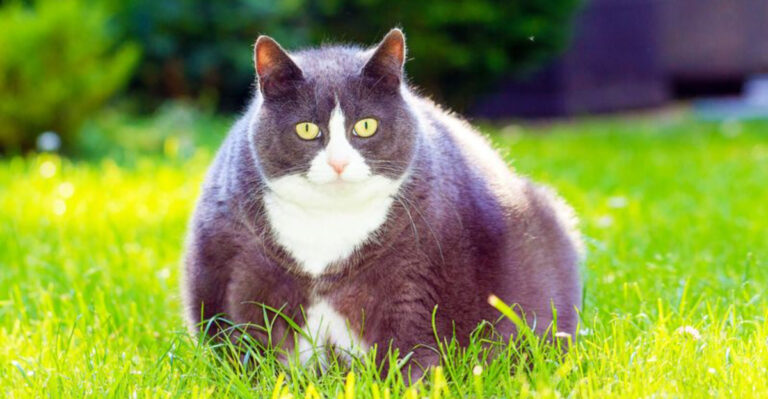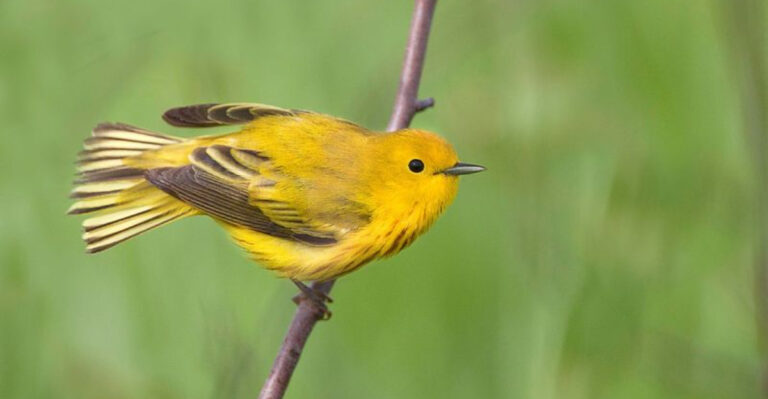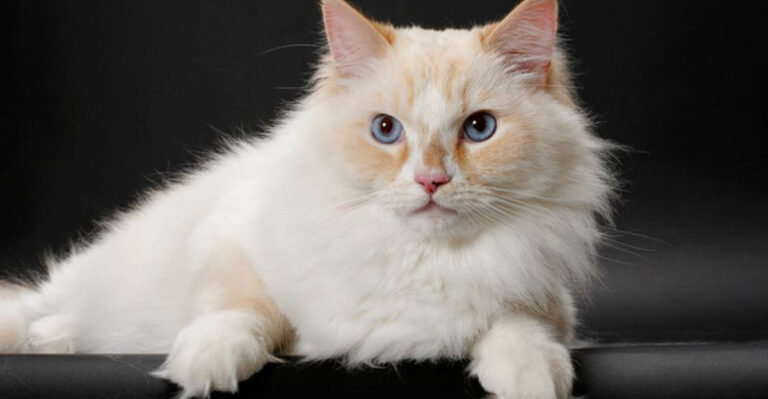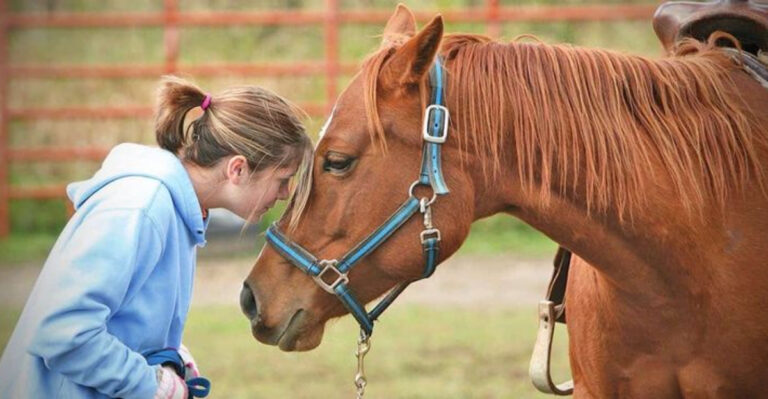Mississippi Scientists Discover New Wasp Species With Fascinating Reproductive Behavior
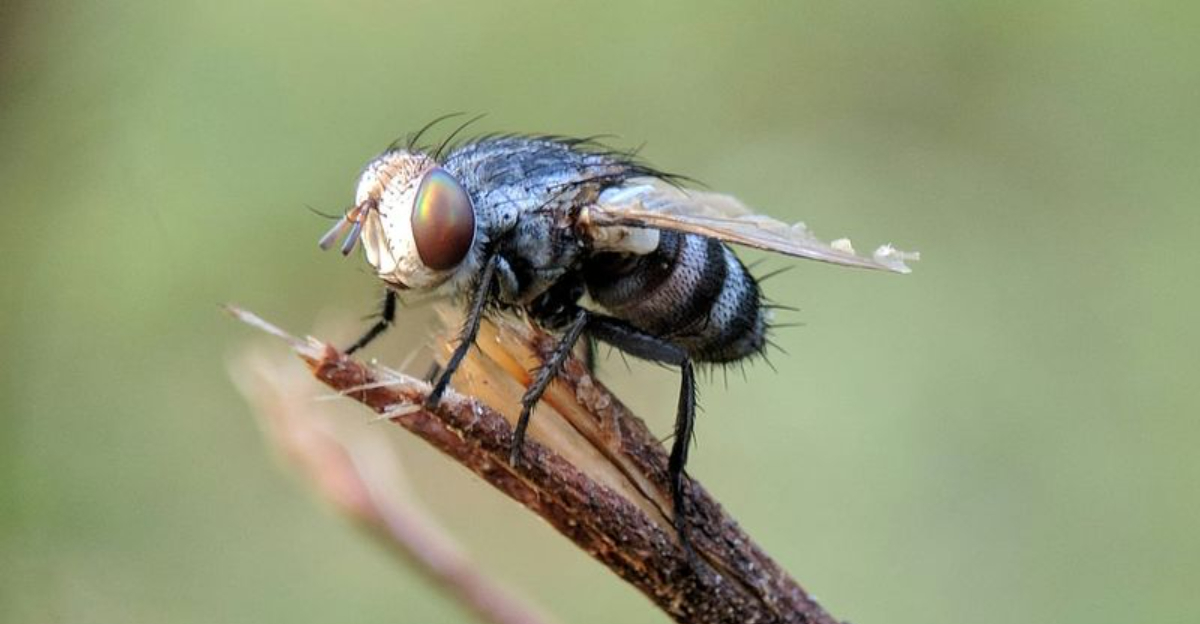
A team of Mississippi entomologists has made a groundbreaking discovery in the insect world. They’ve identified a new parasitic wasp species called Syntretus perlmani that has a truly bizarre way of reproducing.
This tiny insect lays its eggs inside living fruit flies, using them as both food source and protective shelter for its developing young.
1. New Parasitic Wasp Species Discovered In Mississippi

Mississippi researchers stumbled upon Syntretus perlmani while studying fruit fly populations in local orchards. The tiny wasp, barely visible to the naked eye, caught their attention when fruit fly samples showed unusual developmental abnormalities.
Further investigation revealed an entirely new species lurking in the state’s ecosystem, previously unknown to science.
2. Syntretus Perlmani
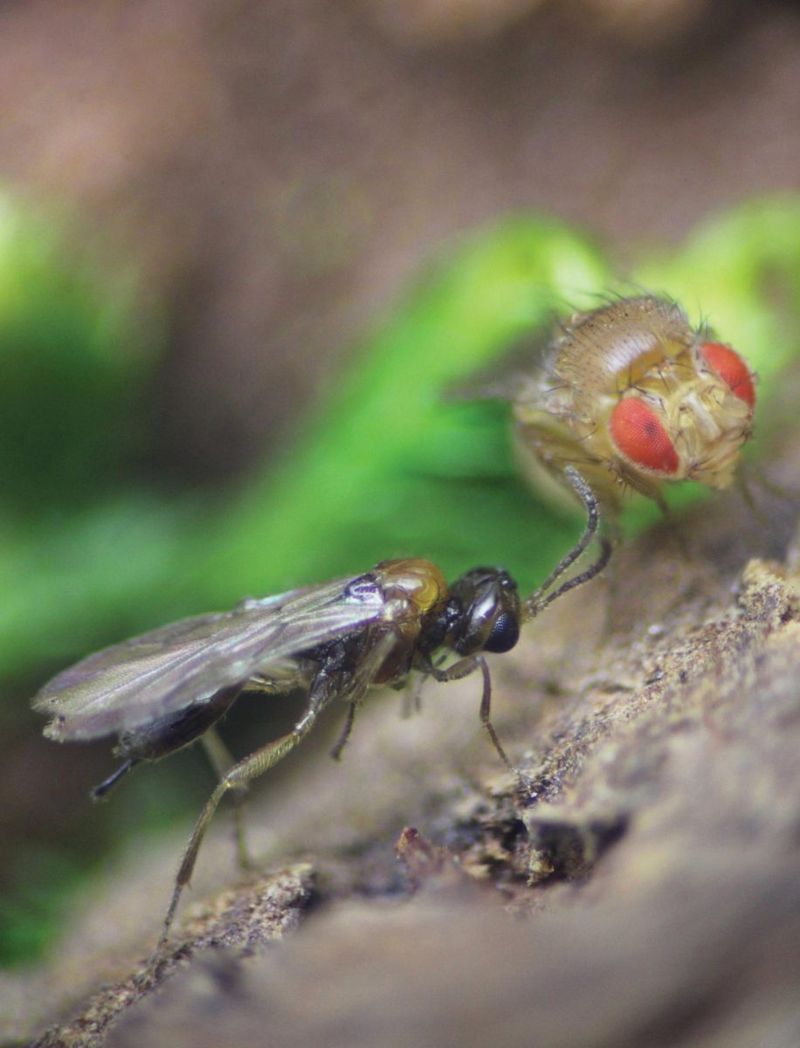
Unlike typical wasps that build external nests, Syntretus perlmani transforms living fruit flies into walking nurseries. The female wasp injects eggs directly into the fly’s body using a specialized needle-like organ.
Once inside, the eggs hatch and the larvae feed on the host from within, eventually killing it as they emerge as adult wasps.
3. How Syntretus Perlmani Uses Fruit Flies To Reproduce
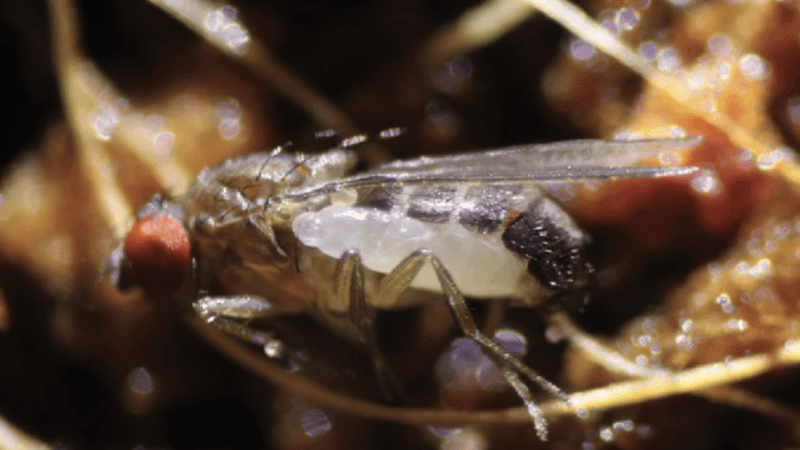
Female Syntretus perlmani wasps hunt fruit flies with remarkable precision. They locate potential hosts using sensitive antennae that detect specific chemical signatures unique to their preferred fruit fly species.
After a successful attack, the wasp injects both eggs and a special venom that suppresses the fly’s immune response, preventing rejection of the foreign invaders.
4. The Parasitic Relationship Between Syntretus Perlmani And Fruit Flies
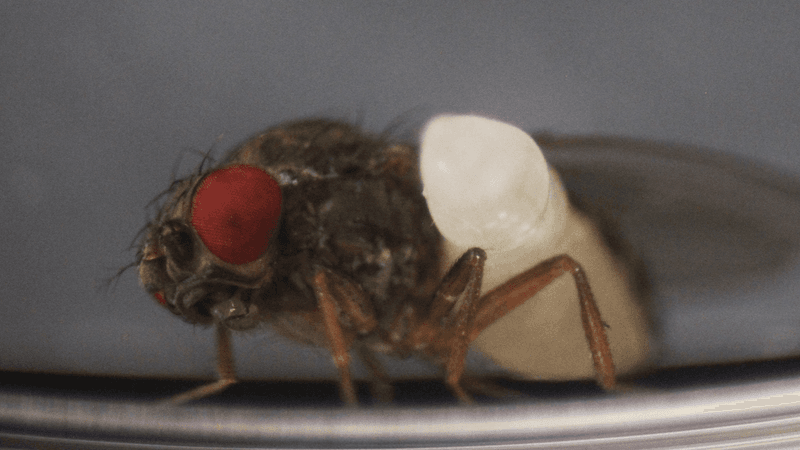
Scientists classify the relationship between Syntretus perlmani and fruit flies as parasitoidism – more extreme than typical parasitism. The wasp larvae completely consume their host, unlike parasites that typically feed without killing.
This relationship evolved over millions of years, creating a perfectly synchronized life cycle between predator and prey.
5. Mississippi’s Fascinating New Wasp
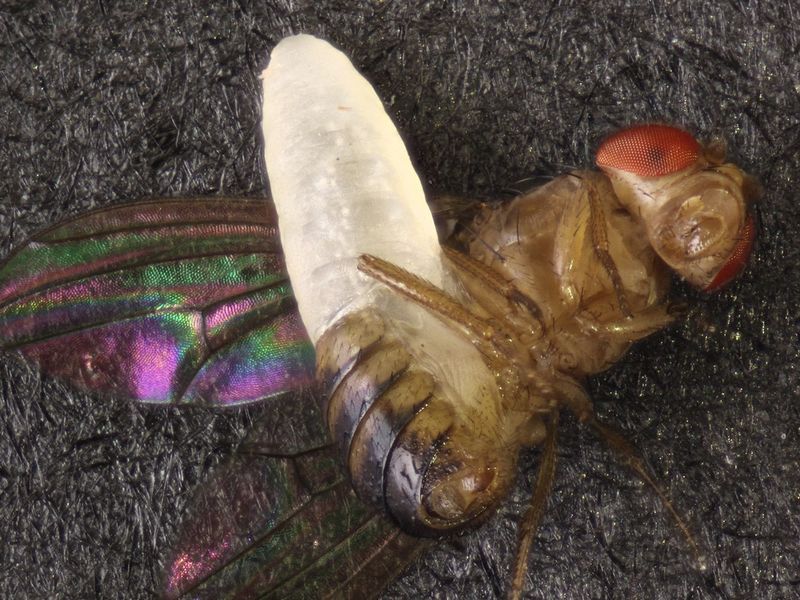
Named after renowned entomologist Dr. Sarah Perlman, this wasp represents a significant addition to Mississippi’s biodiversity catalog. The species appears native to the southeastern United States but had remained undocumented until now.
Its discovery highlights how many insect species still await scientific recognition, even in well-studied regions.
6. The Life Cycle Of Syntretus Perlmani

The wasp’s life cycle begins when eggs hatch inside the fruit fly host. Larvae immediately start consuming non-vital tissues, keeping the host alive as long as possible.
As development progresses, the larvae grow larger, eventually consuming critical organs. After pupation inside the host’s empty shell, adult wasps emerge by cutting through the fly’s exoskeleton.
7. The Science Behind Its Discovery
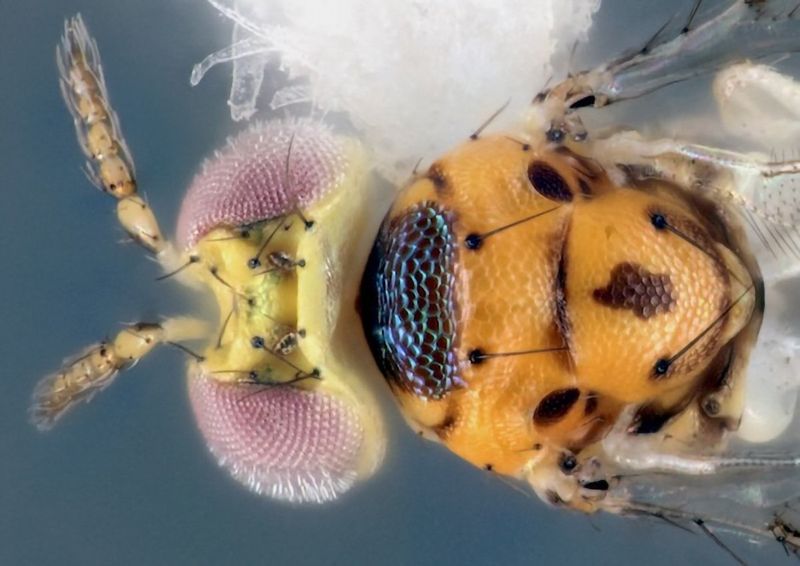
The discovery happened almost by accident! Researchers were initially studying fruit fly population dynamics when they noticed flies behaving strangely in their lab colonies.
Genetic sequencing confirmed the wasp as a previously undocumented species. Advanced microscopy techniques allowed scientists to observe the entire parasitic process, revealing reproductive behaviors never before documented.
8. A Deadly Wasp With A Deadly Reproduction Method
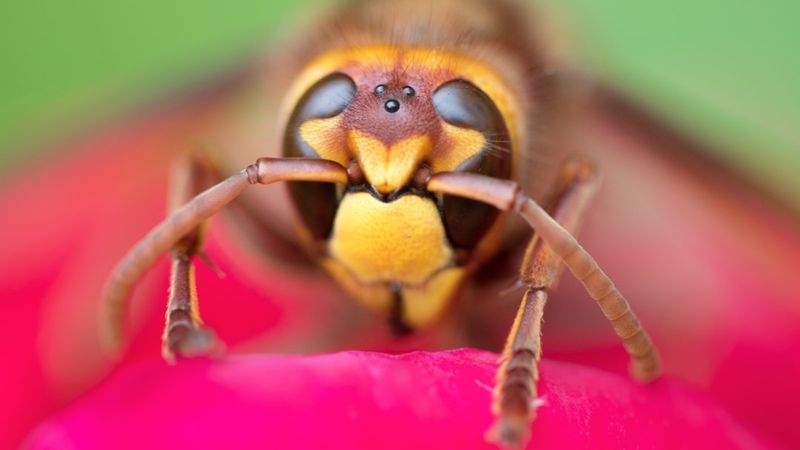
What makes Syntretus perlmani truly remarkable is its specialized venom. When injected alongside eggs, this chemical cocktail doesn’t just paralyze the host – it rewires the fly’s metabolism to prioritize nutrients for the developing wasp larvae.
The host essentially becomes a living incubator, tricked into nurturing its own killers.
9. The Role Of Parasitic Wasps In Controlling Fruit Fly Populations
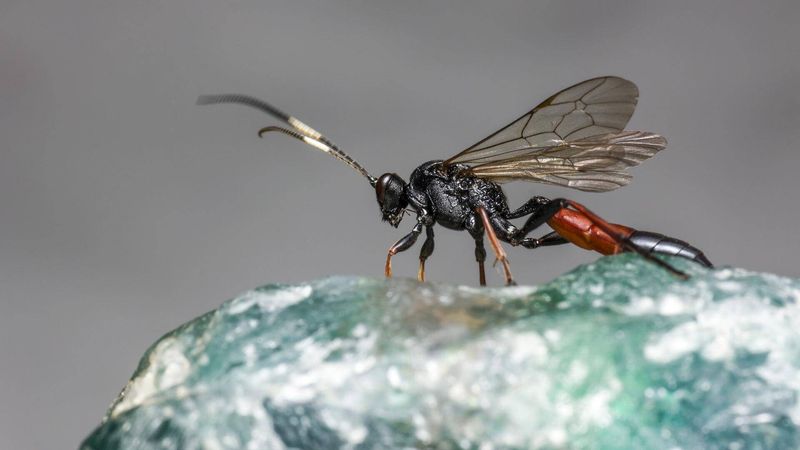
Agricultural researchers are particularly excited about Syntretus perlmani’s potential as a natural pest control agent. Fruit flies cause millions in crop damage annually across Mississippi’s orchards and farms.
Early studies suggest introducing these wasps could reduce fruit fly populations by up to 40% without chemical pesticides, offering a sustainable solution to a persistent agricultural problem.
10. What Syntretus Perlmani Can Teach Us
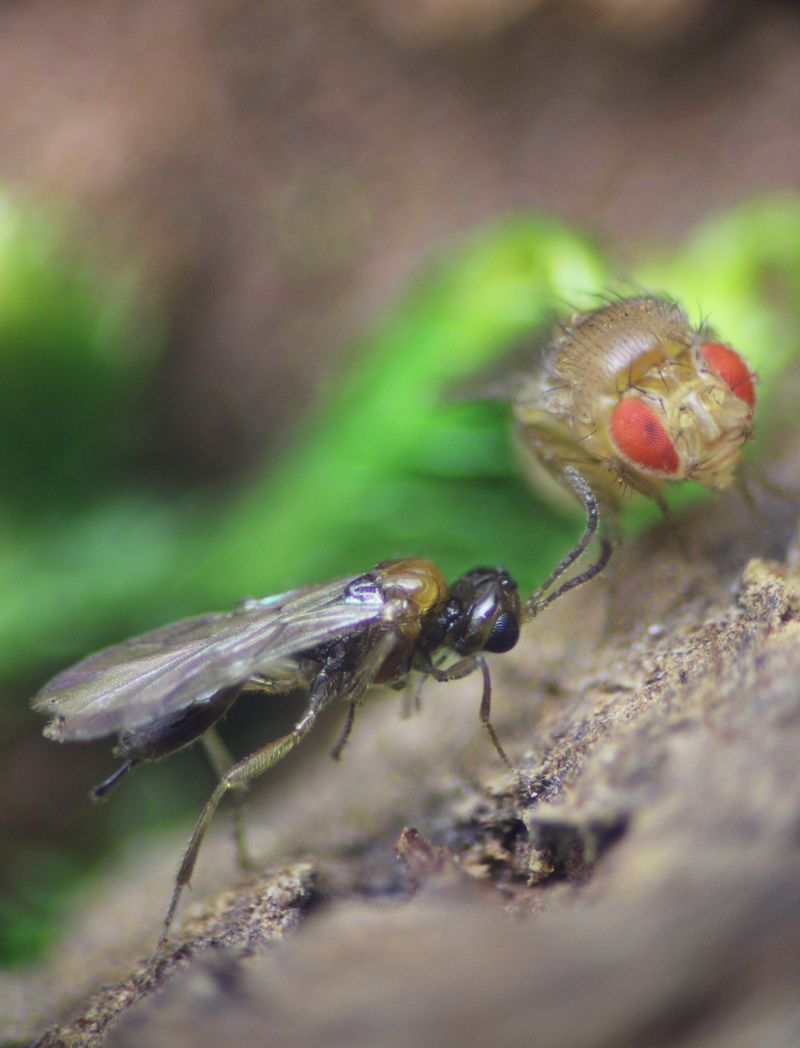
Beyond pest control, Syntretus perlmani offers valuable insights into evolutionary adaptation. The precision of its reproductive system demonstrates how species develop highly specialized survival strategies over time.
Medical researchers are also studying the wasp’s venom for potential applications in developing new drugs that could target specific cellular pathways in human disease treatment.
11. Its Impact On The Ecosystem

Ecologists are racing to understand how Syntretus perlmani fits into Mississippi’s broader ecosystem web. Initial findings suggest it may help maintain natural balance by preventing fruit fly population explosions.
The wasp’s highly specialized nature also makes it vulnerable to environmental changes, potentially serving as an early indicator of ecosystem health in the region’s forests and orchards.

